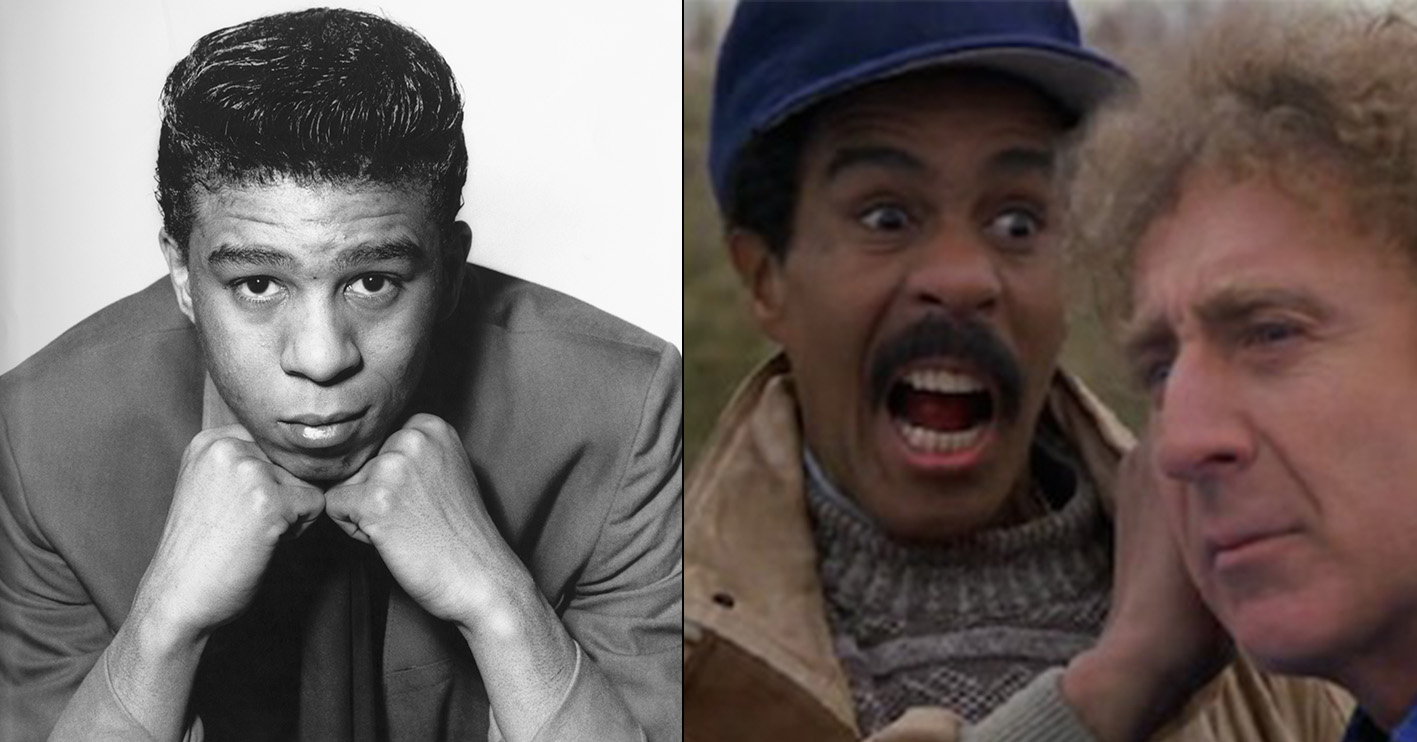It’s been 80 years since comedy legend Richard Pryor was born. Pryor is best known to many of us for his scene-stealing appearances in such beloved movies as Superman III, Brewster’s Millions, Critical Condition and his series of collaborations with Gene Wilder.
However, those who know him primarily for his big-screen work might not be aware that Pryor really made his name as one of the true pioneers of stand-up comedy. Jon Stewart once declared Pryor to be one of the ‘Holy Trinity’ of comedians (alongside Lenny Bruce and George Carlin) who revolutionised and perfected the format, launching a new generation of bold, politically aware and socially conscious comedians who were unafraid of slaughtering sacred cows by the herd.
A key inspiration for such future comedy superstars as Eddie Murphy, Bill Hicks and Chris Rock, Richard Pryor built up a body of work which is still astonishing and shocking today – and his greatest source of material was his own deeply troubled life. Here are some things you might not have known about the sadly missed film and comedy icon.
20. He spent most of his Army service in military jail
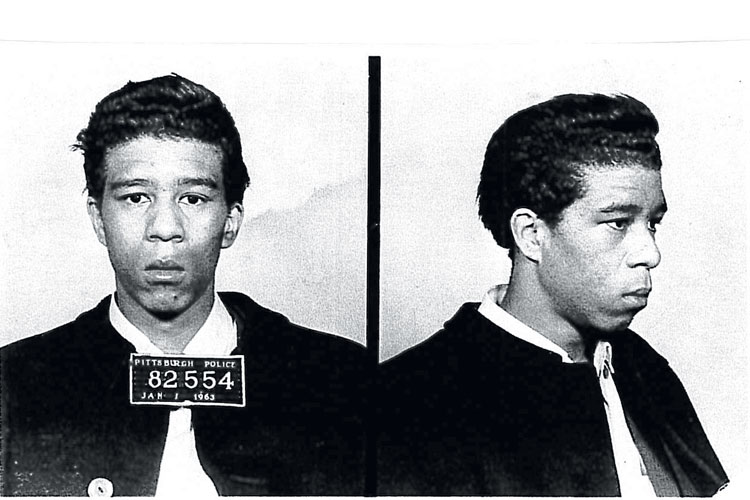
After a troubled upbringing, Pryor served in the US Army for two years from 1958 to 1960.
[rtk_adunit_top]
However, he spent the bulk of that time in an army jail over his role in a brawl during which a white soldier was injured.
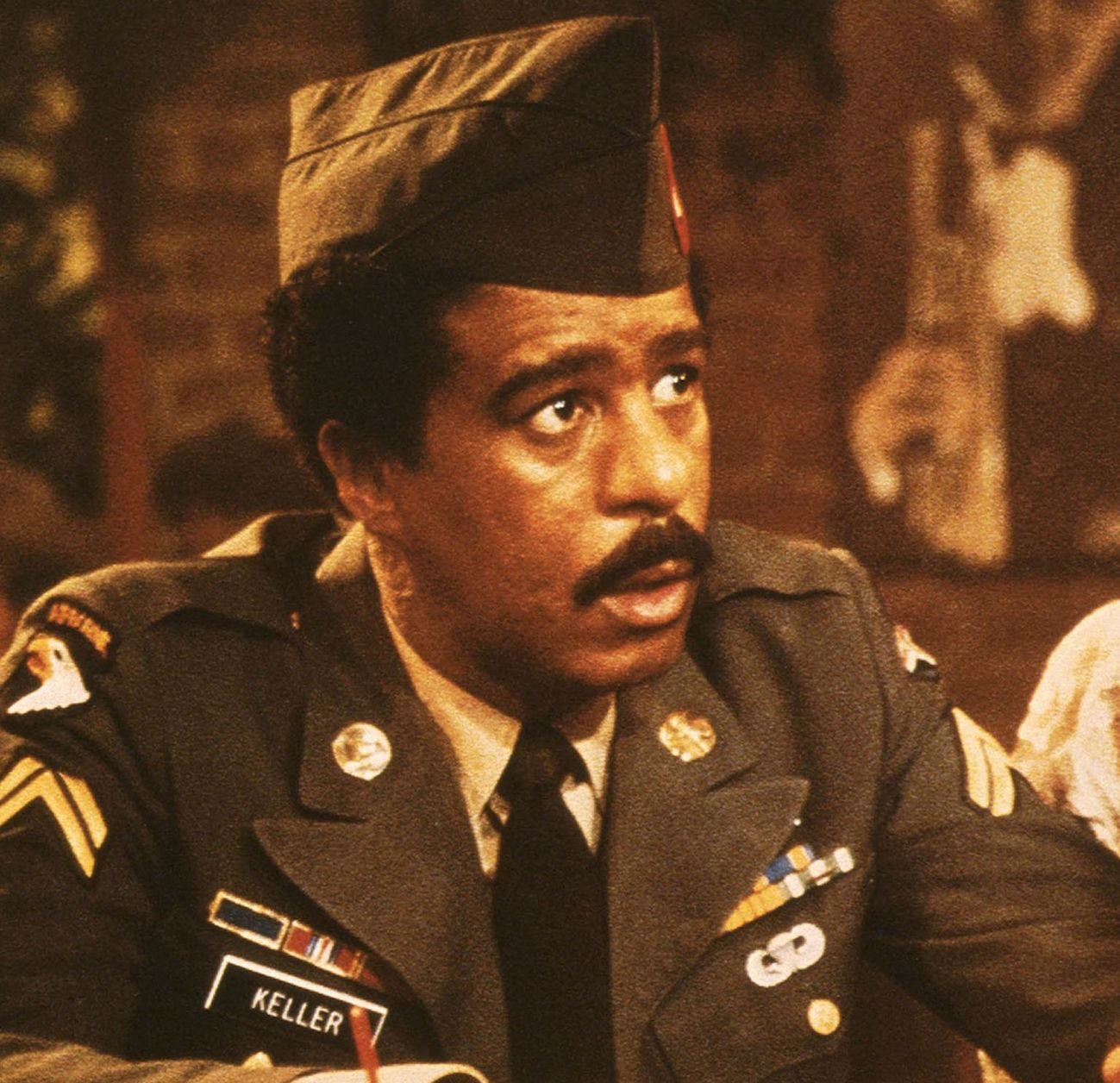
According to a 1999 New Yorker profile about Pryor, he was incarcerated for an incident that occurred while he was stationed in West Germany.
[rtk_adunit_middle]
Pryor was angered by a white soldier who was amused at certain scenes in Douglas Sirk’s 1959 film Imitation of Life.

Pryor and several other black soldiers attacked and stabbed the soldier. The man survived but was severely injured.
[rtk_adunit_bottom]
Pryor was incarcerated for the crime – and this wasn’t Pryor’s only stint behind bars. He also served short terms for assault and later for tax evasion.
19. He started out doing safe, mainstream-friendly stand-up comedy
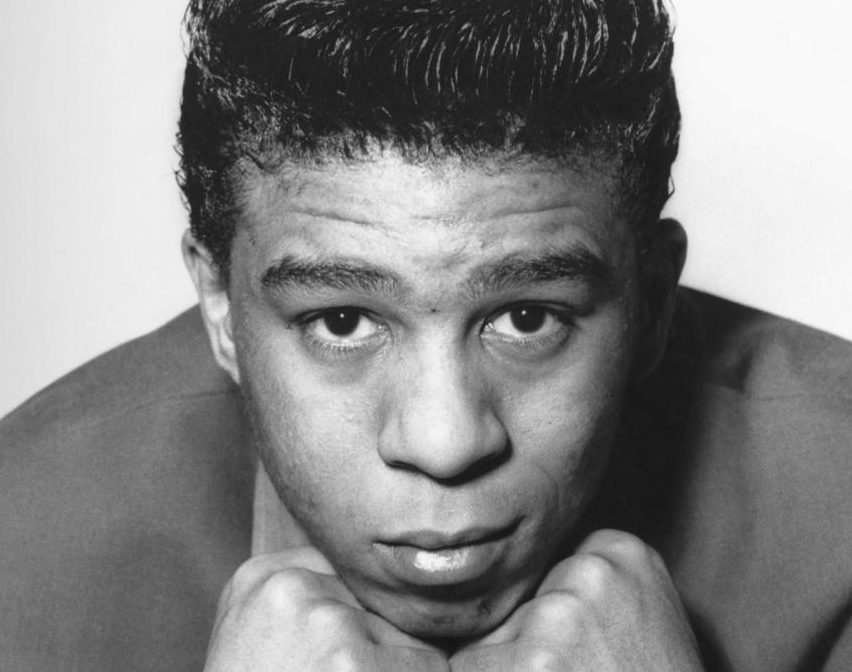
Richard Pryor is remembered as one of the most outrageous, envelope-pushing stand-up comedians ever.
[rtk_adunit_top]
But things didn’t start out that way. When Pryor first broke into stand-up in the mid-60s, he followed the example of Bill Cosby, performing mild, inoffensive material.
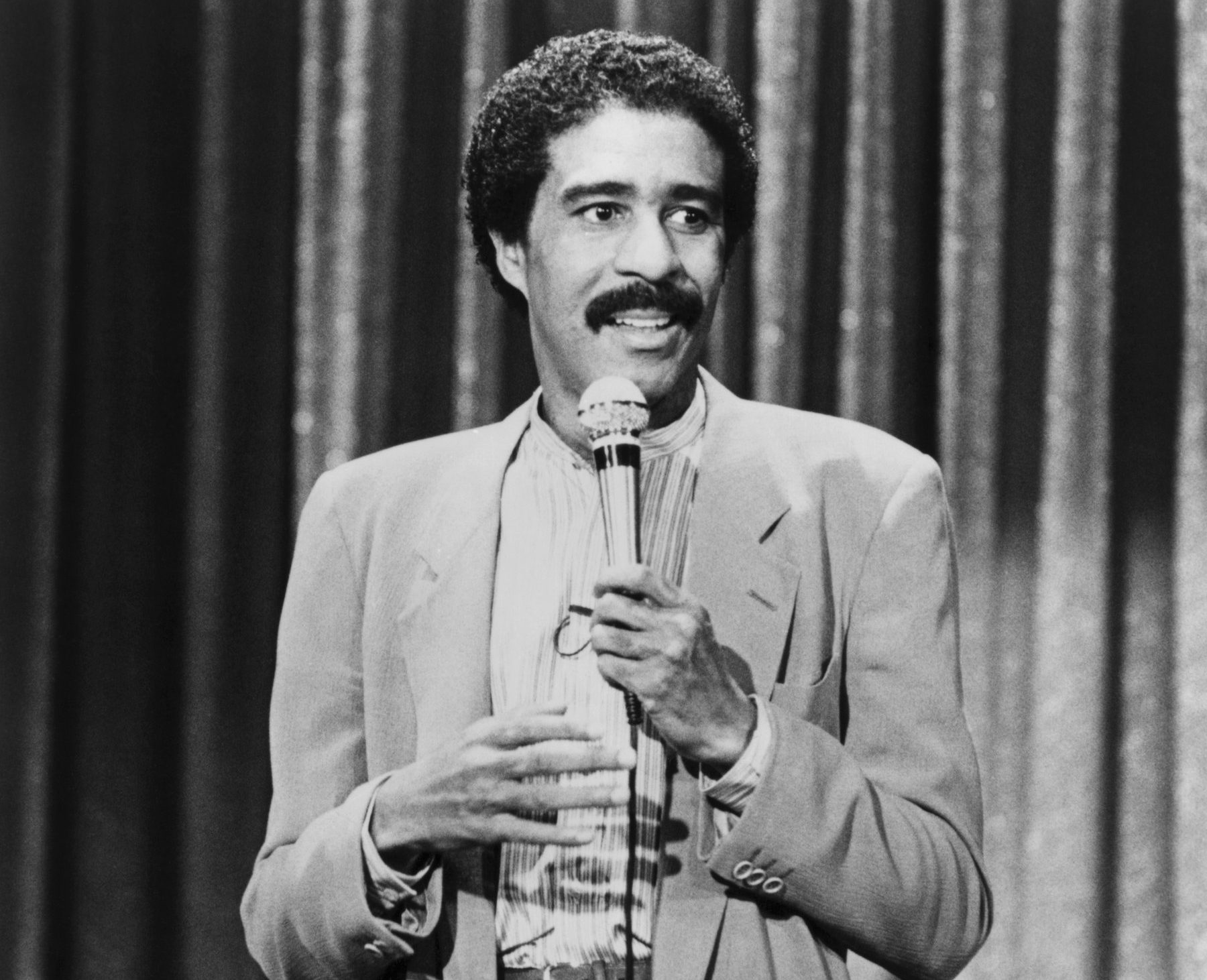
He proved successful, and was soon regularly appearing on TV variety shows and performing at large venues.
[rtk_adunit_middle]
However, Pryor abandoned this success after having what he described as an “epiphany” at a sold-out Las Vegas show in 1967.
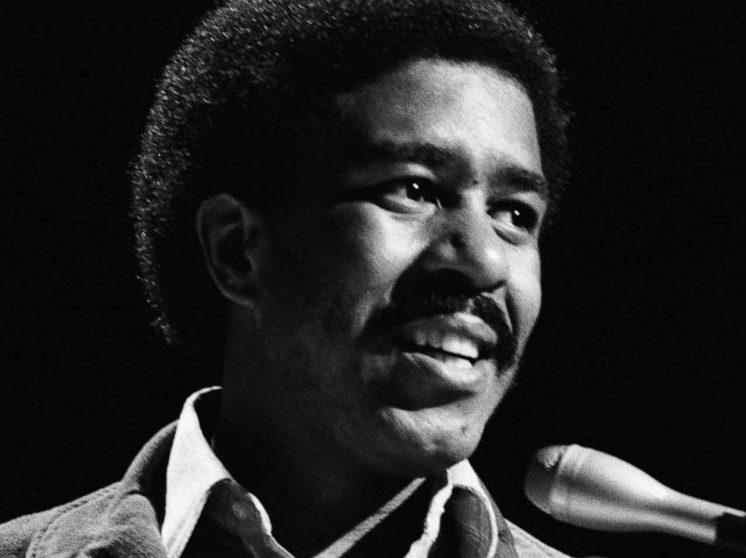
Looking at the packed house, Pryor said into the microphone, “what the f*** am I doing here?” and walked off.
[rtk_adunit_bottom]
From that moment onwards, Pryor became a much more subversive performer.
18. He recorded 21 comedy albums in 15 years
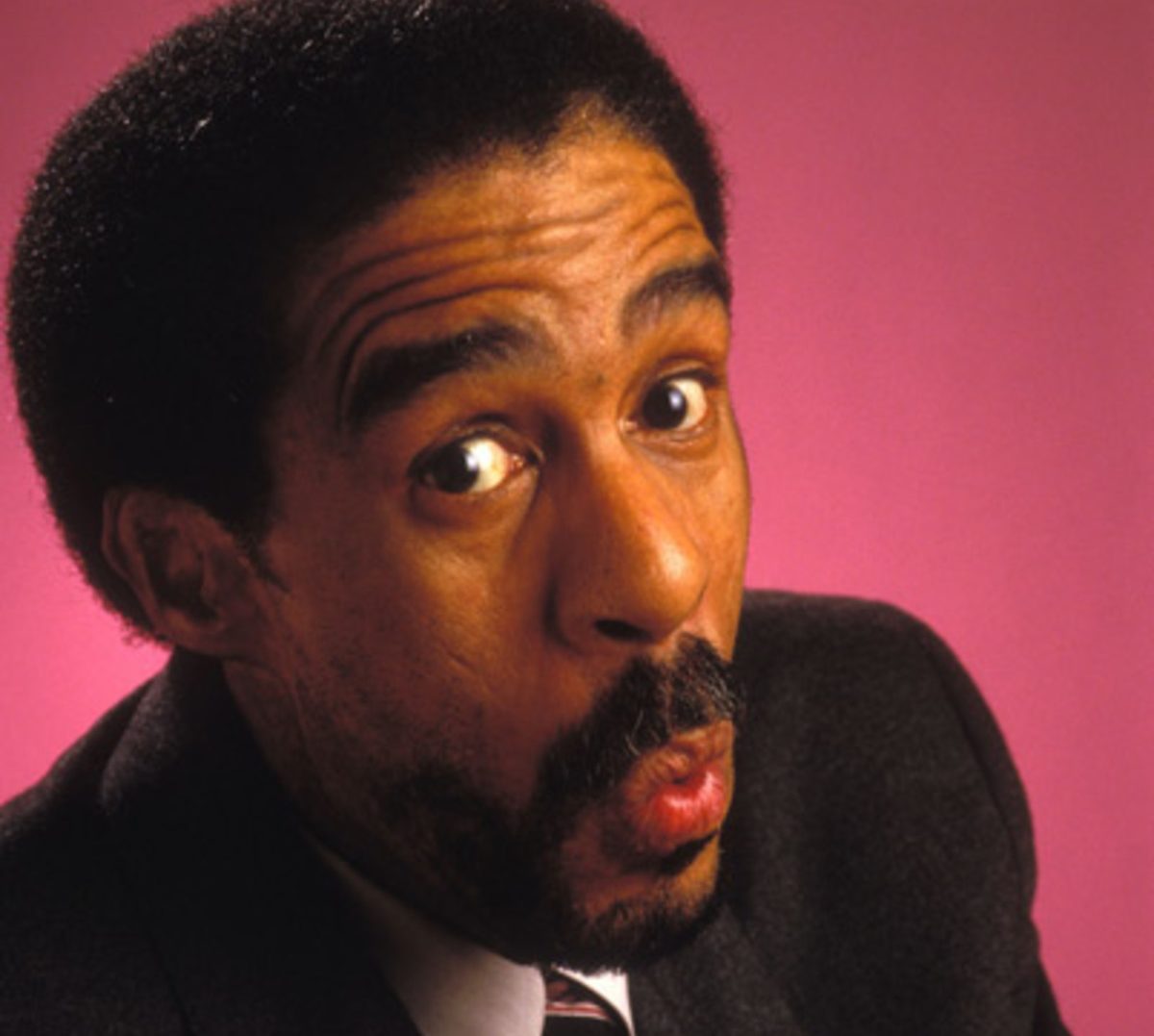
In 1968, Pryor announced his new approach to stand-up with his debut comedy record, entitled Richard Pryor.
[rtk_adunit_top]
The material prompted much shock and controversy, as Pryor joked very bluntly about sex, drugs, politics, his troubled upbringing and race relations.
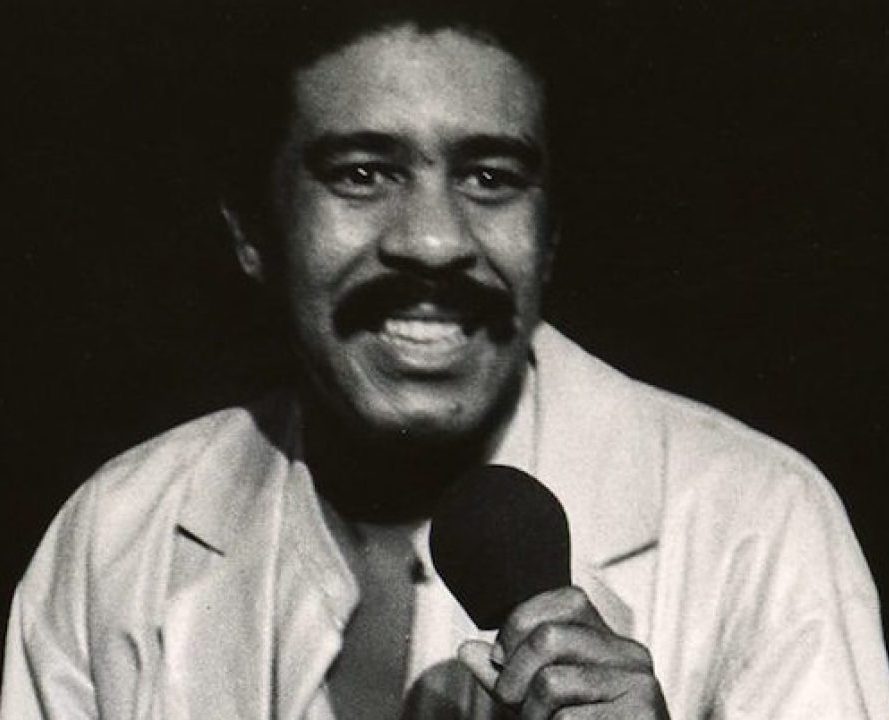
Perhaps most notoriously, he made regular use of the N-word – a word which he stopped using after an epiphany in 1980.
[rtk_adunit_middle]
Pryor would record a further 20 albums, ending with three 1983 releases (Richard Pryor: Here and Now, Richard Pryor Live! and Blackjack).
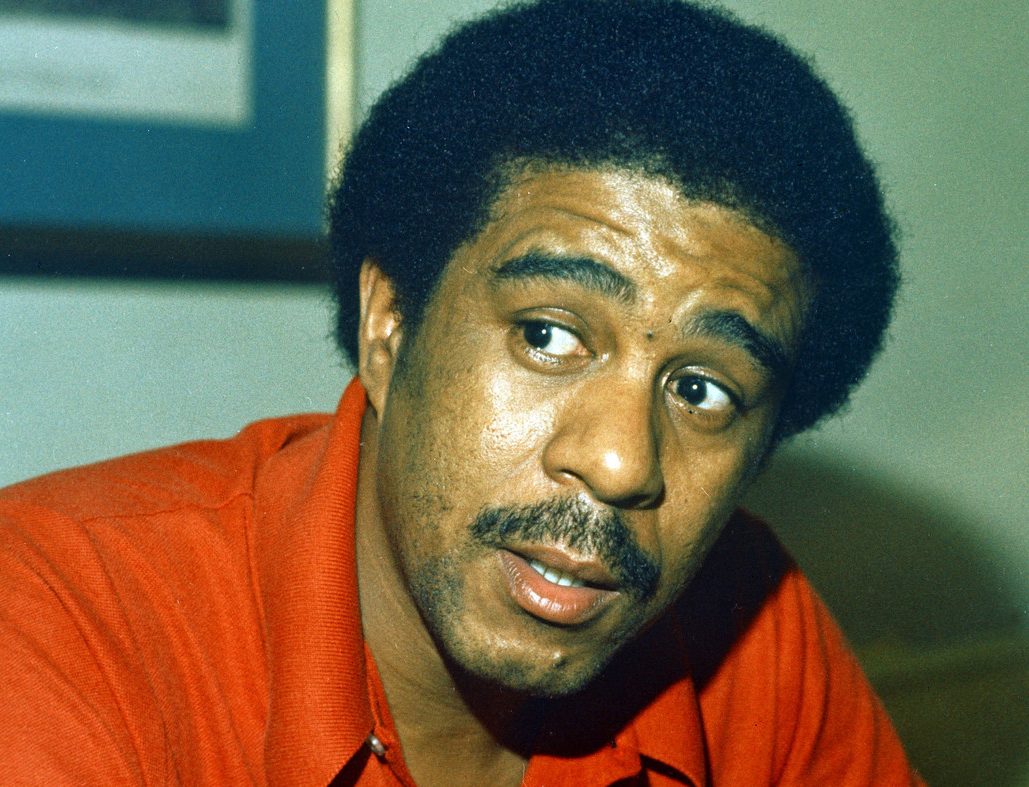
Six of the albums that Pryor recorded for Warner Bros were released digitally for the first time in 2015 to coincide with what would have been Pryor’s 75th birthday.
[rtk_adunit_bottom]
His widow Jennifer Lee Pryor called the digital release “a wonderful gift to his fans, old and new alike”.
17. He co-wrote Blazing Saddles but lost out on playing the lead role over his addiction issues
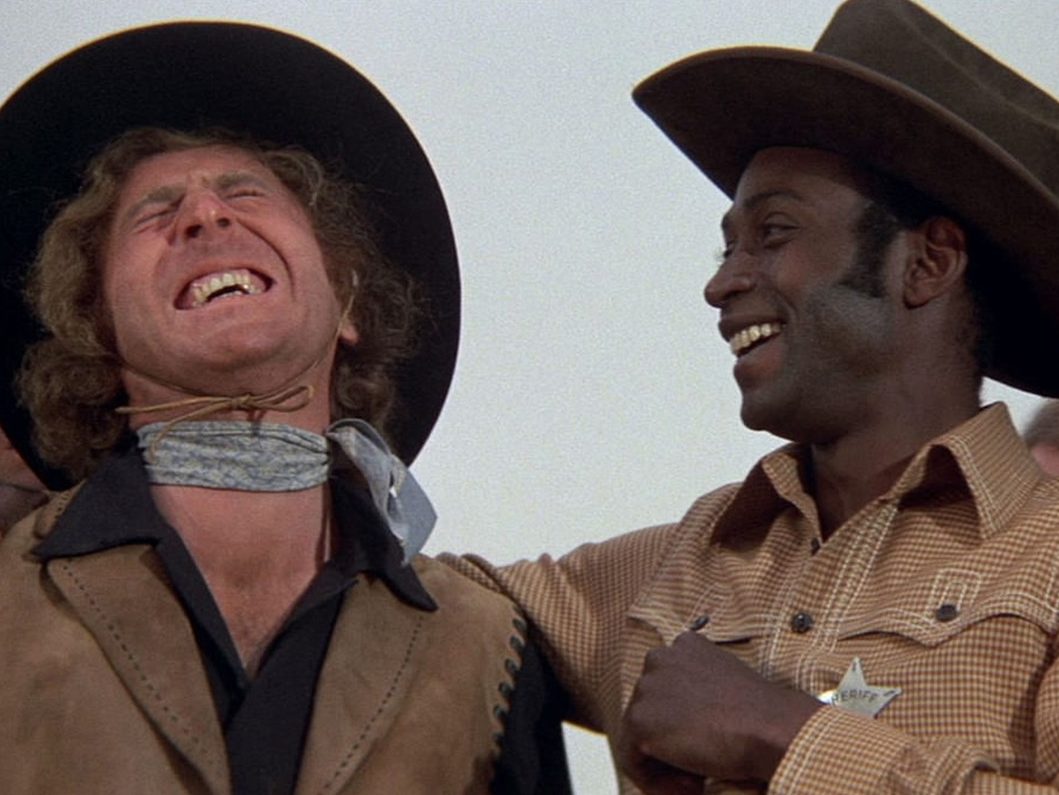
On top of stand-up, Pryor enjoyed success in the early 70s as a comedy writer for TV and film.
[rtk_adunit_top]
His biggest break came as one of the co-writers on Mel Brooks’ seminal 1974 spoof western Blazing Saddles.

Initially, Pryor was meant to actually appear in the film alongside Gene Wilder, at the insistence of Brooks.
[rtk_adunit_middle]
However, studio Warner Bros would not approve Pryor’s casting due to his known drug use and run-ins with the law.

The role of Sheriff Bart would instead go to Cleavon Little. This ended up becoming Little’s signature performance.
[rtk_adunit_bottom]
The film was nominated for three Academy Awards and was selected for preservation in the National Film Registry in 2006.
16. He wasn’t actually that close with Gene Wilder

While Pryor is a stand-up comedy legend in his own right, to movie fans his name is synonymous with that of Gene Wilder.
[rtk_adunit_top]
Although they missed out on co-starring in Blazing Saddles, the duo became one of the all-time great comedy double acts.

They appeared together in hit movies Silver Streak, Stir Crazy and See No Evil, Hear No Evil.
[rtk_adunit_middle]
Admittedly, their last collaboration, 1991’s Another You, was a flop by comparison. It currently has a poor 11% rating on Rotten Tomatoes.

Although they played best buddies on film, by all accounts Pryor and Wilder were not particularly close in real life.
[rtk_adunit_bottom]
Pryor’s daughter Rain says the duo were “not really” friends, but “they saw each other’s genius.”
15. He was paid more money for Superman III than Christopher Reeve
With or without Gene Wilder, Richard Pryor was a big box office draw by the early 1980s.
[rtk_adunit_top]
He was considered so bankable that he landed a $5 million salary to appear in Superman III.

If rumours are to be believed, this sum is more than what was paid to leading man Christopher Reeve.
[rtk_adunit_middle]
Pryor later admitted in his autobiography that he didn’t even like the script and only took the role for the money.

Pryor was right to be underwhelmed by the script, as Superman III ended up being the least successful of all the Superman films.
[rtk_adunit_bottom]
An even bigger payday followed for Pryor, as he soon thereafter signed a contract with Columbia Pictures for $40 million.
14. He was raised in a brothel

Pryor’s success seems all the more remarkable when you learn the circumstances he was born into.
[rtk_adunit_top]
He was raised in the brothel owned by his grandmother, and where his mother worked.
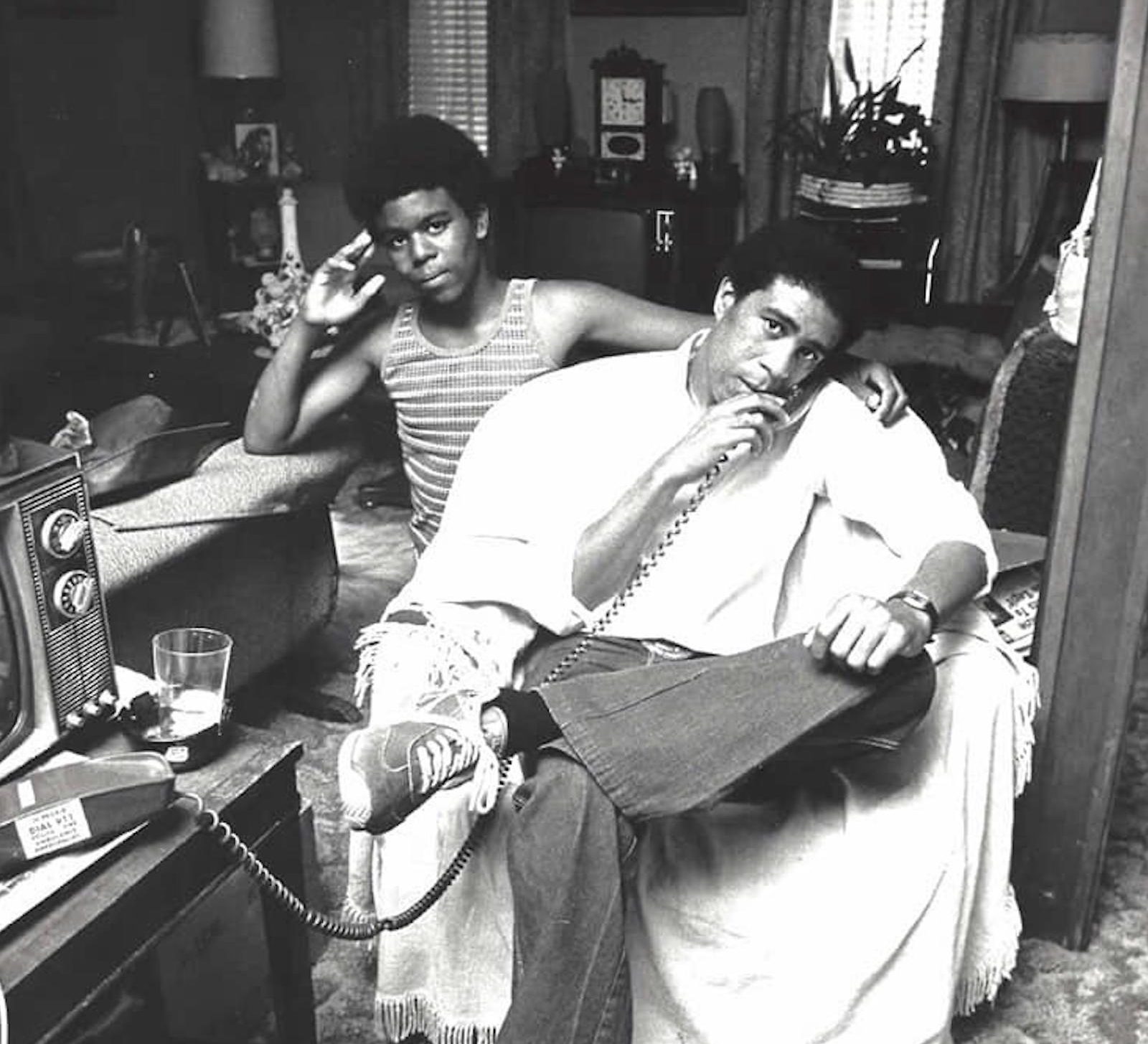
Pryor’s grandmother was largely responsible for his upbringing, as his mother abandoned him when he was 10.
[rtk_adunit_middle]
She was an oppressive woman who regularly beat the boy. He was also abused by a man at age seven.

The problems didn’t end there: Pryor ended up being expelled from school at the age of 14.
[rtk_adunit_bottom]
None of this ever held Pryor back and he moved to New York to begin his comedy career when he was 23.
13. He once narrowly escaped death after setting himself on fire

In a life with no shortage of notorious incidents, one of the most shocking of all came when Pryor was rushed to hospital in June 1980.
[rtk_adunit_top]
The comedian had set himself on fire during a wild drug and alcohol binge. According to his daughter, he had covered himself in rum and then set himself alight.

He came very close to dying from his injuries, but made a full recovery after six weeks in hospital.
[rtk_adunit_middle]
Pryor joked about the incident in his 1982 stand-up film Richard Pryor: Live on the Sunset Strip.

During the routine he waved a lit match around and asked: “What’s this? It’s Richard Pryor running down the street.”
[rtk_adunit_bottom]
However, his wife later revealed that the incident was a suicide attempt. “I knew he was planning something, I didn’t know what,” she admitted in an interview with People in 2019.
12. He was married seven times to five different women

Pryor’s personal struggles extended to his love life. His first marriage to Patricia Price lasted only a year.
[rtk_adunit_top]
He then went on to have similarly short marriages with Shelley Bonus, Deborah McGuire and Jennifer Lee.

Later, Pryor wed Flynn Belaine; this marriage also lasted only a year, but the couple later re-wed (this union was also over within a year).
[rtk_adunit_middle]
Finally, he re-married Jennifer Lee in 2001, and they stayed together until his death in 2005.
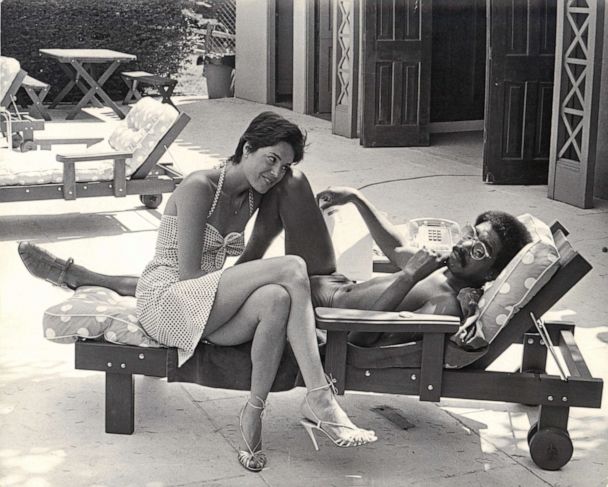
Pryor also fathered seven children with six different women, the first of which was born when Pryor was only 16.
[rtk_adunit_bottom]
A biography published after Pryor’s death also claimed that he was bisexual and had a brief relationship with a male cross-dresser.
11. He lived with multiple sclerosis for the last 19 years of his life
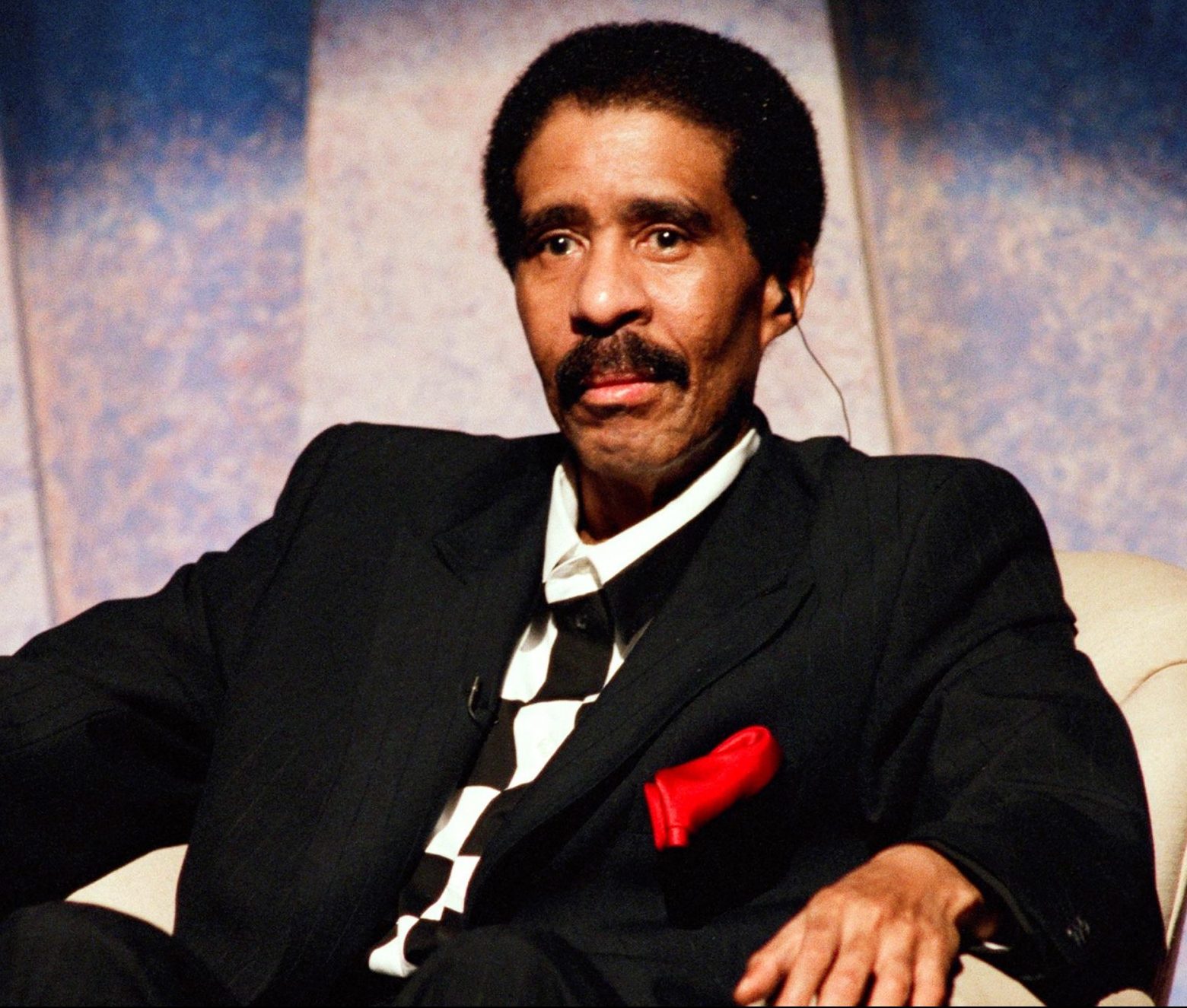
Pryor was diagnosed with multiple sclerosis in 1986. This came on top of other significant health problems.
[rtk_adunit_top]
The comedian had already suffered two heart attacks, leading to triple heart bypass surgery in 1991.

All this took its toll physically, and Pryor gradually disappeared from the public eye as his condition worsened.
[rtk_adunit_middle]
In 2004, his sister revealed that he had lost his voice as a result of complications arising from MS.

Ultimately, it was a third heart attack that ended Pryor’s life on December 10th 2005, only nine days after he turned 65.
[rtk_adunit_bottom]
His widow Jennifer said in a statement that “he did not suffer, he went quickly and at the end there was a smile on his face.”
10. He once had a meltdown live on-stage at the Hollywood Bowl
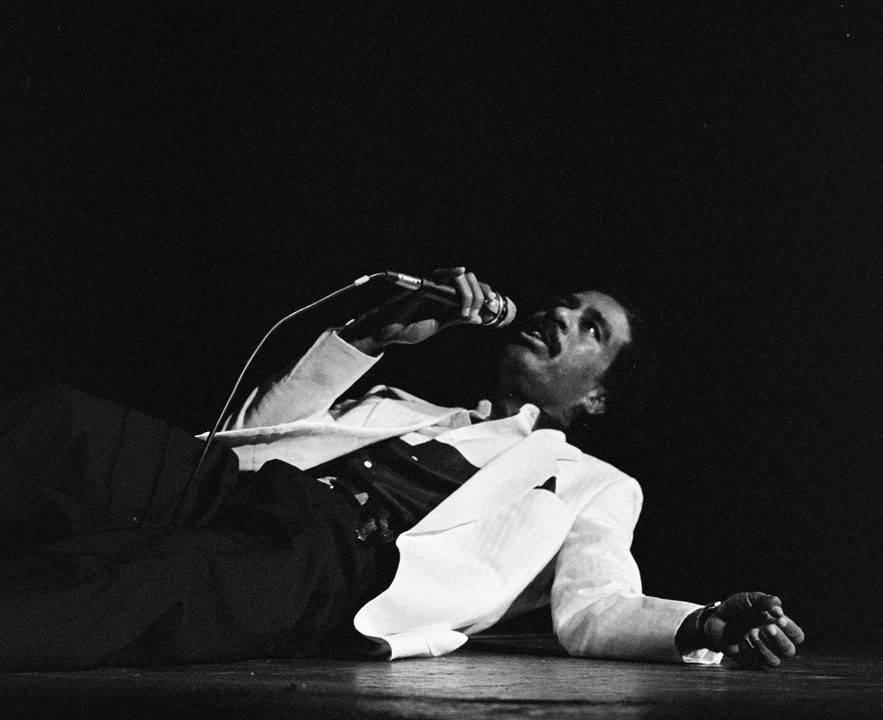
Pryor headlined the Star-Spangled Night for Rights which took place at the Hollywood Bowl back in September 1977.
[rtk_adunit_top]
The night was a benefit event held by an early gay rights group called the Save Our Human Rights Foundation.
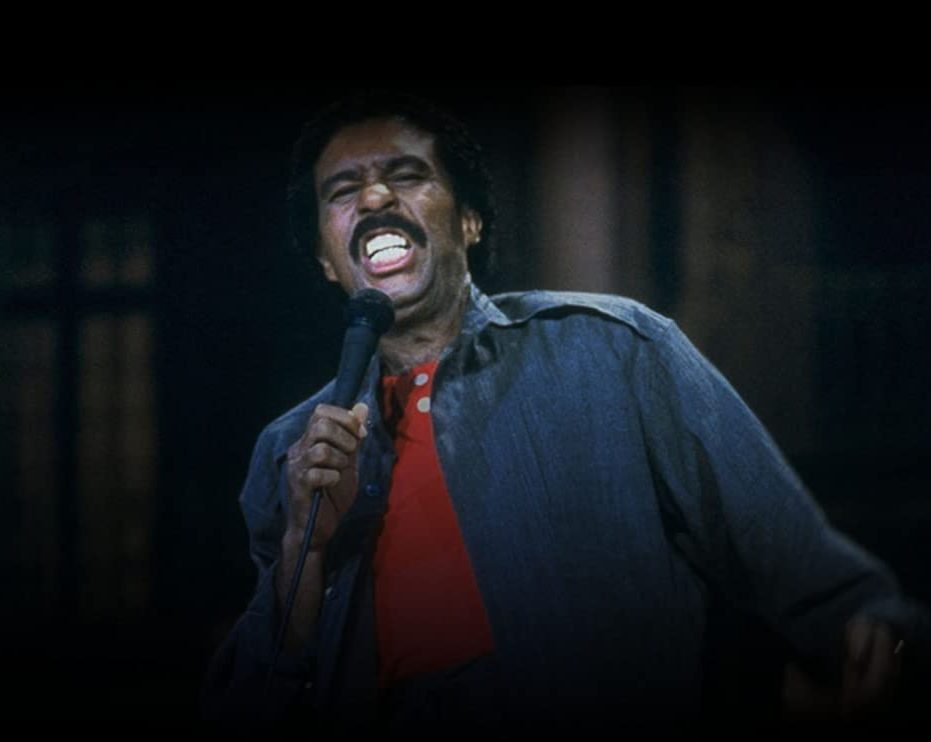
According to one contemporary journalist, the dazzling event had “all the makings of a cabaret version of Woodstock.”
[rtk_adunit_middle]
Pryor was supposed to be one of the headliners but became visibly frustrated with the treatment of black attendees as the evening progressed.

Pryor was disheartened to see so few black audience members and he also noted that black performers were not being treated fairly backstage. When he took to the stage, he began by recalling a touching story about his own homosexual experiences, before descending into a rant wherein he berated the audience for abandoning the black community.
[rtk_adunit_bottom]
As one LA Times journalist put it: “It takes a certain talent, genius (if you will) to insult 17,000 people – black, white, male, female, straight, gay, rich and poor – at one time.”
9. He stopped using the N-word after a trip to Kenya
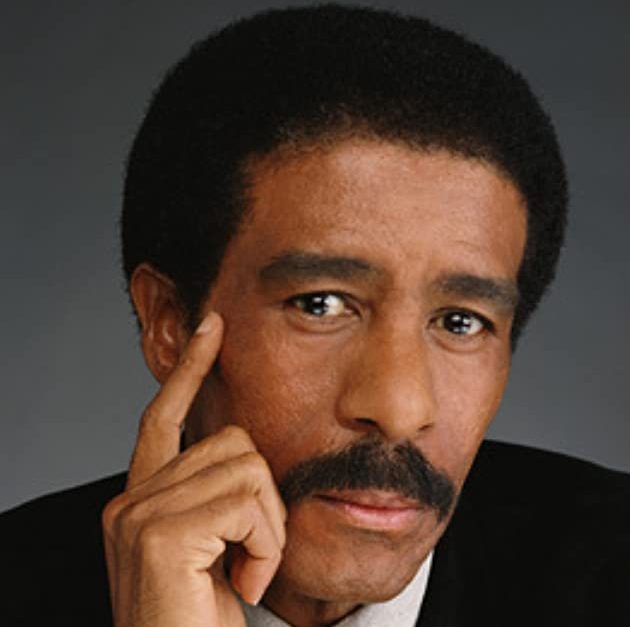
Pryor was notorious for his colourful language – most notably, he used the N-word a lot.
[rtk_adunit_top]
Pryor’s rampant swearing was actually part of the reason why NBC cancelled his show in 1977.

However, after a 1979 trip to Kenya, Pryor changed his mind about his flagrant use of the N-word.
[rtk_adunit_middle]
He decided that it was not appropriate to use the derogatory term in his routines after his visit to the African country.
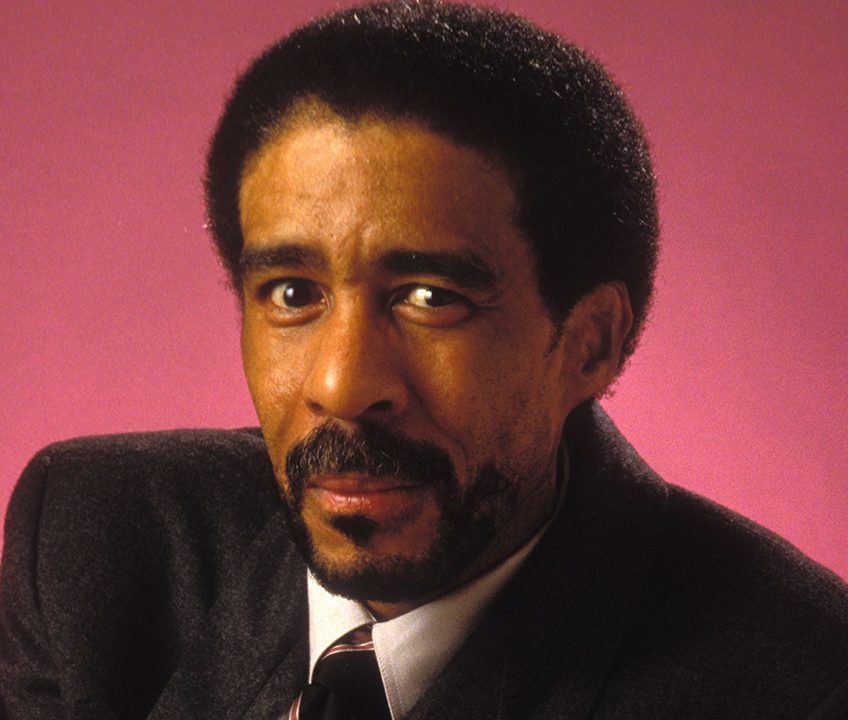
In 1980 he was asked by Ebony magazine to explain why he’d had the change of heart: “Something inside of me said, ‘Look around you, Richard. What do you see? I saw people. African people.”
[rtk_adunit_bottom]
“We black people are not ‘n***ers,’ and I will forever refuse to be one,” he explained.
8. His NBC show was cancelled after just four episodes for being too risqué
https://www.youtube.com/watch?v=IoHxBmstE-I
Pryor hosted his own variety show, titled The Richard Pryor Show, on NBC in 1977.
[rtk_adunit_top]
However, the endeavour was short-lived, and the show was cancelled after only four episodes had aired.
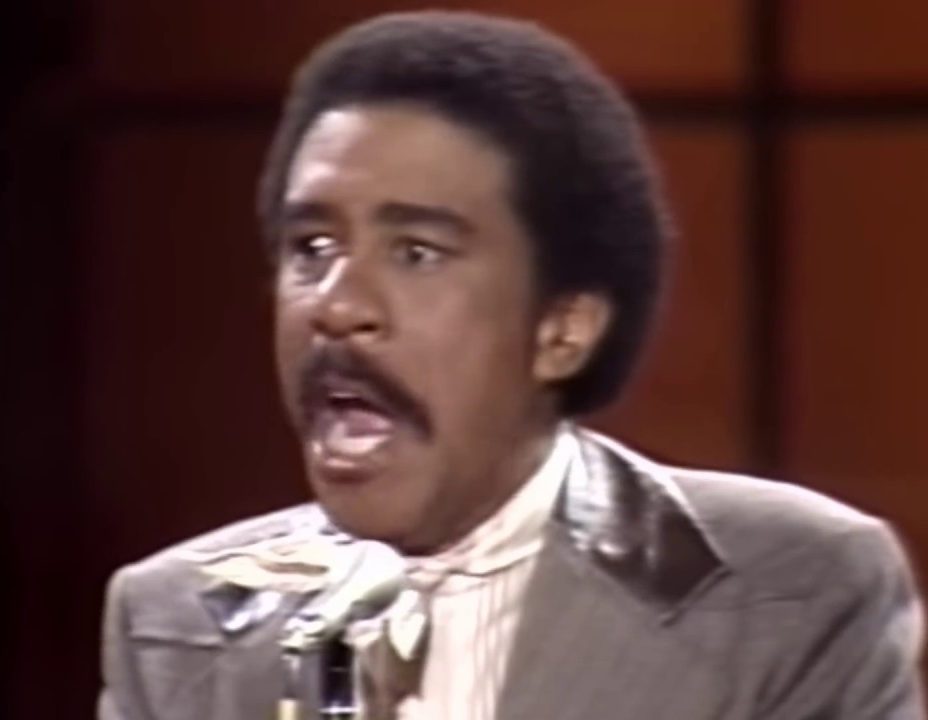
On the whole, TV audiences responded negatively to the controversial subject matter in Pryor’s routines.
[rtk_adunit_middle]
Pryor also didn’t help the matter as he was extremely unwilling to alter any of his material to make it more palatable to audiences and network censors.

The show crammed a of controversial content in, despite its short run. One episode featured Pryor roleplaying as the first black President of the United States.
[rtk_adunit_bottom]
Another saw him talk candidly about gun violence, while he used stage effects to make himself appear nude in a separate skit.
7. He allegedly had an affair with Marlon Brando

Pryor was openly bisexual and once spoke candidly about his sexual experiences with men during a gay rights benefit event.
[rtk_adunit_top]
In his autobiography, he wrote: “I never kept [my lover] a secret. My best friend, for instance, knew I was [sleeping with] a dude.”

“And a drop-dead gorgeous one at that. I even admitted doing something different was exciting.”
[rtk_adunit_middle]
Allegedly, Pryor was even involved in an intimate relationship with legendary film star Marlon Brando.
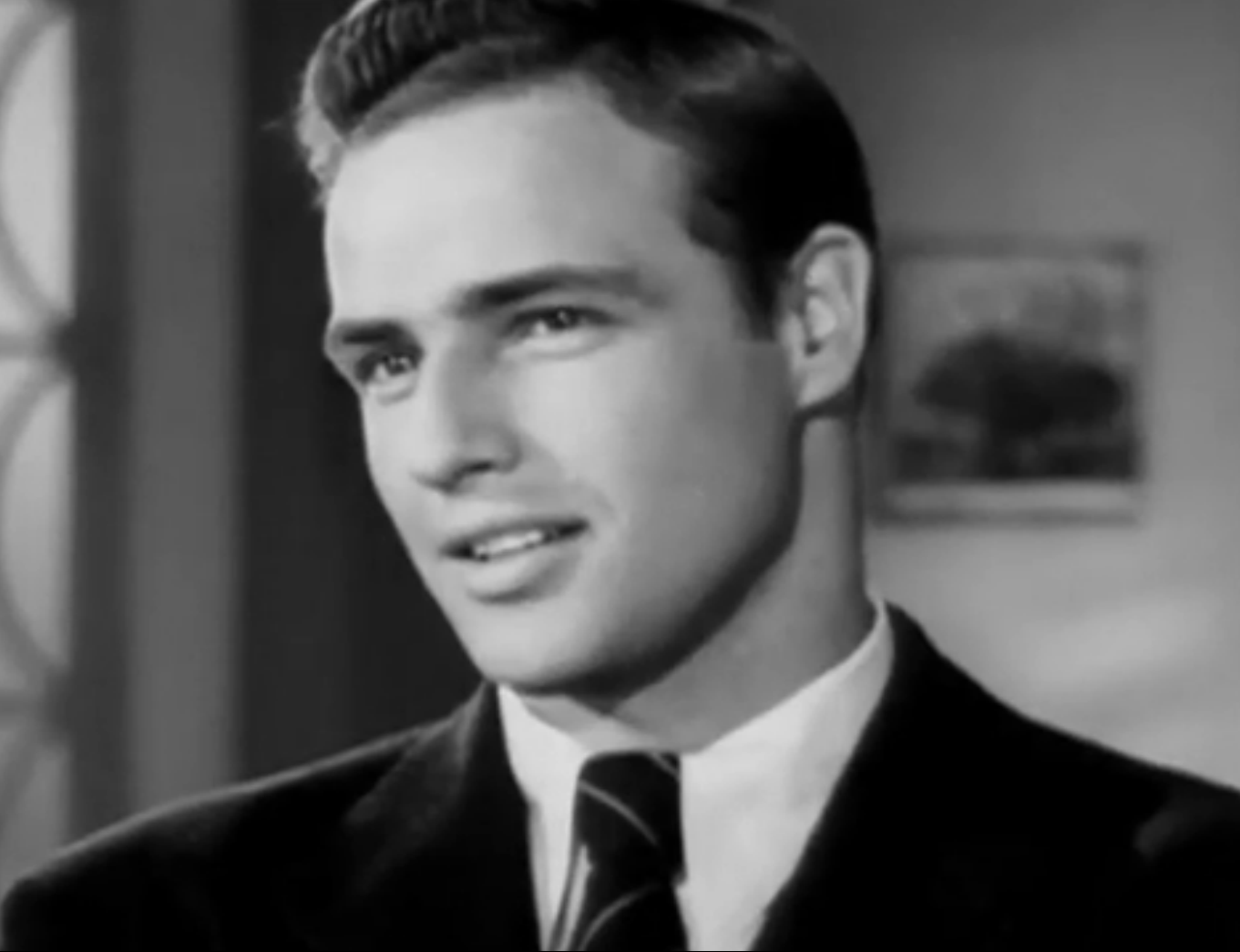
While Pryor’s daughter and Brando’s son refuted the allegations, Pryor’s widow believed that the men did have a relationship.
[rtk_adunit_bottom]
Furthermore, music producer Quincy Jones has claimed that Pryor and Brando had an affair. With both Pryor and Brando sadly deceased, there’s now no way of definitively confirming or quashing the rumour.
6. He once managed to wangle a job as a pianist despite not being able to play the piano
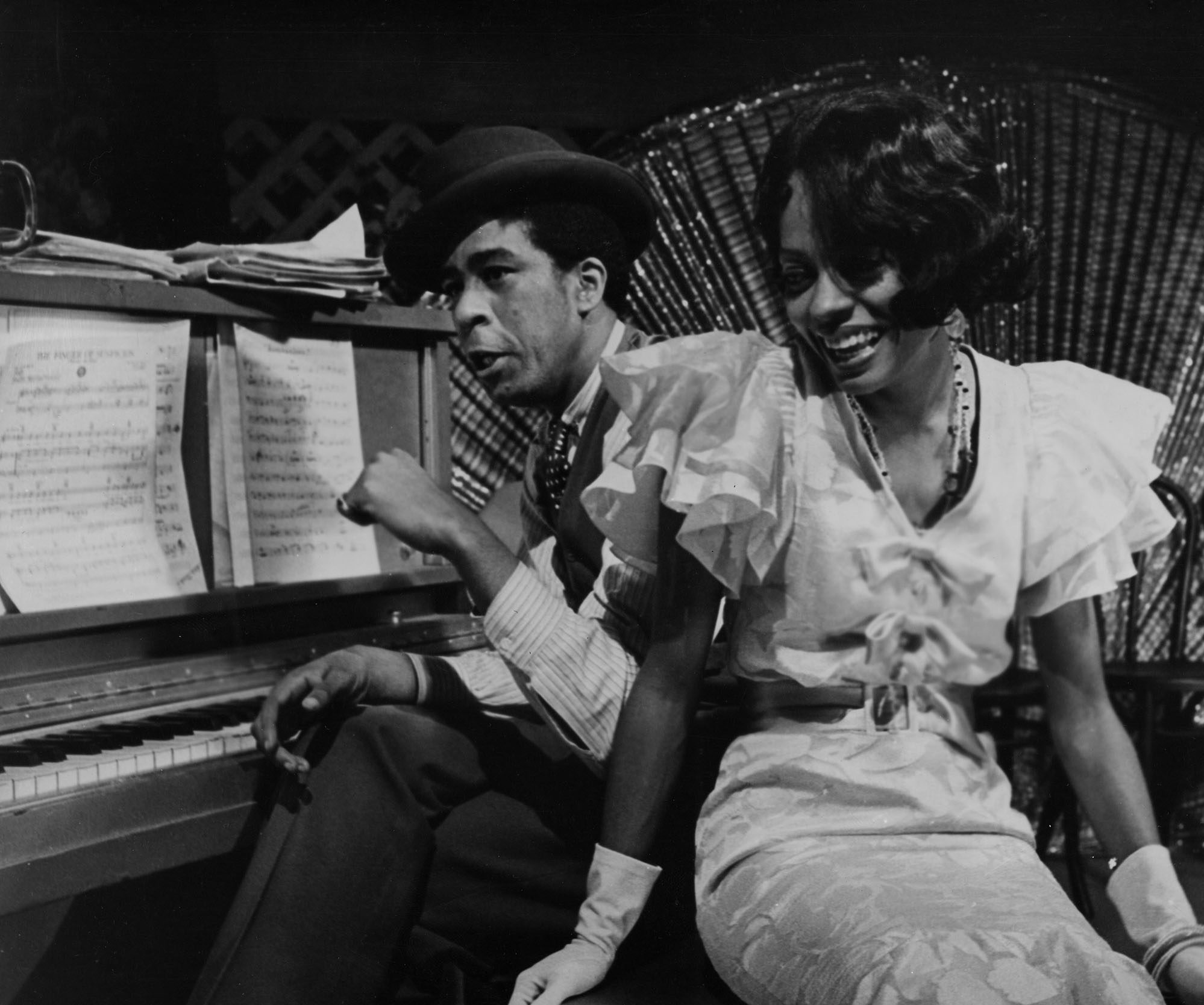
Pryor spent most of his formative years flitting in and out of prison. When he was out of jail, he struggled to find employment.
[rtk_adunit_top]
However, Pryor was never one to let a lack of qualifications or experience get in his way.

Impressively, he managed to blag a job as an entertainer at Harold’s Club – a club for both black and white people – in Peoria, despite having none of the necessary skills.
[rtk_adunit_middle]
He had claimed to be both a pianist and a singer for the job – yet he’d had no prior experience doing either of those things.

He wangled the job by using the only four piano chords he knew and making up lyrics on the spot.
[rtk_adunit_bottom]
It was while Pryor was working as a performer at Harold’s Club that he realised he should pursue a career in comedy, as the audience often responded well to his jokes between songs.
5. He had a close encounter with a live bear after his MS began to affect his mobility

Pryor was diagnosed with multiple sclerosis in 1986 while he was busy shooting Critical Condition in Los Angeles.
[rtk_adunit_top]
Pryor noticed that he was feeling uncharacteristically exhausted on-set and was often unable to get up when director Michael Apted asked him to.
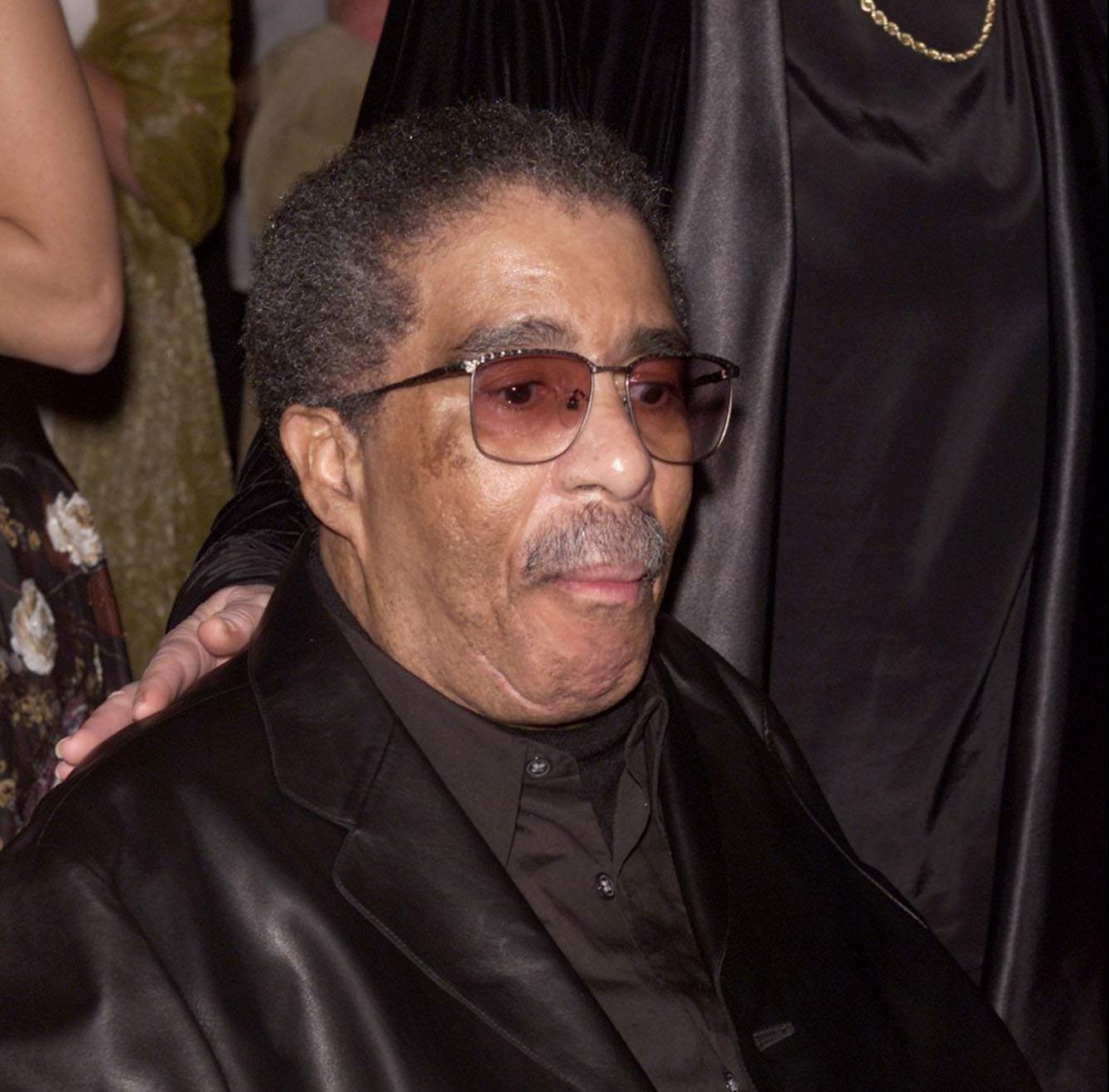
Many fans assumed Pryor was just burnt out after years of substance abuse as the comedian decided to keep his condition private.
[rtk_adunit_middle]
Pryor persevered and was able to keep working for some years, but in 1991 he began to reevaluate whether this was such a good idea.
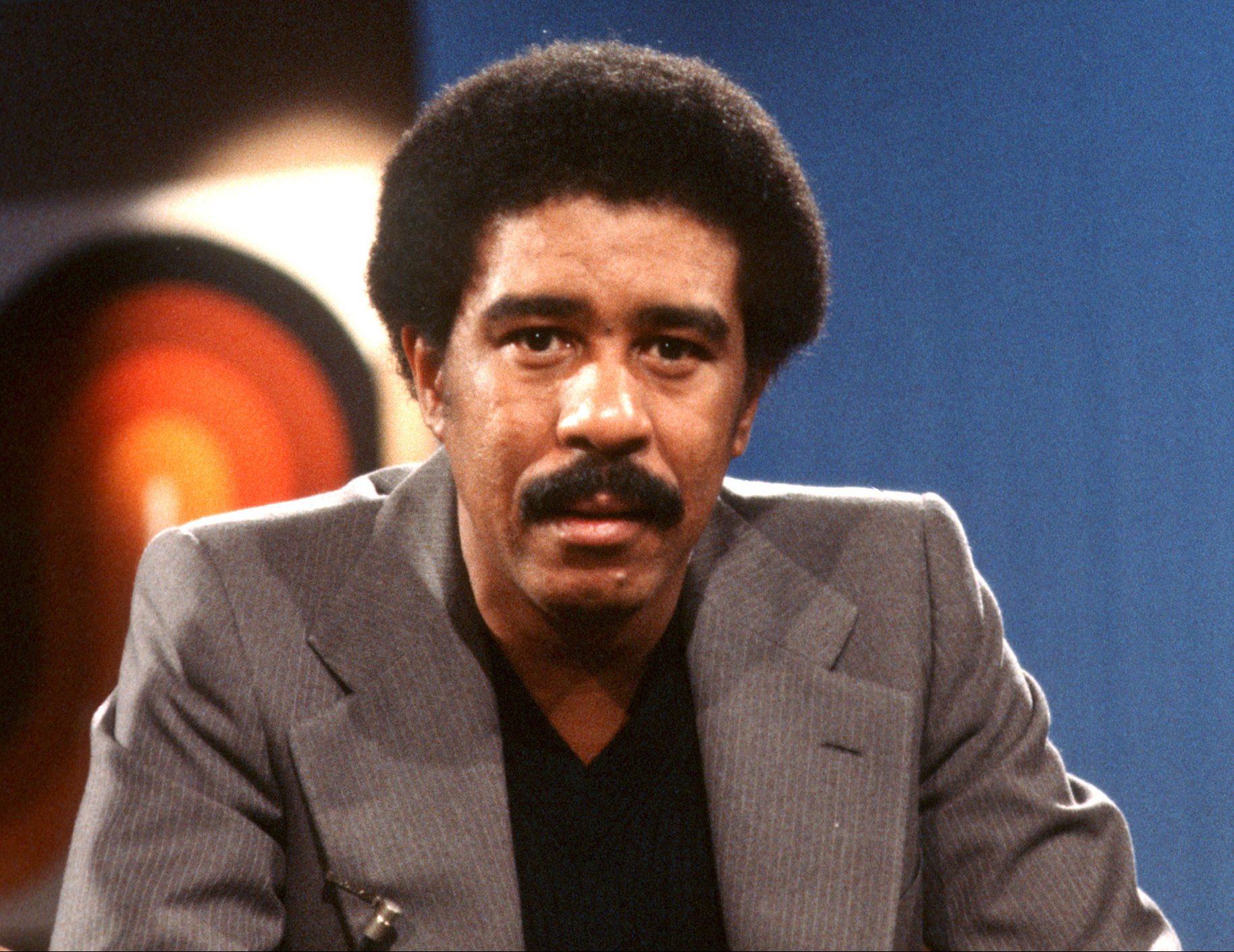
While shooting Another You with Gene Wilder, Pryor had a close shave with a live bear when he found he couldn’t run away when required.
[rtk_adunit_bottom]
“We were doing a scene in which I was supposed to have a run-in with a real live bear. He was a trained bear but he was a big motherf***er with claws […] when the director shouted, ‘Run, Rich! Run!’ I couldn’t move. That was the beginning of me not being able to do the s**t anymore,” remembered Pryor.
4. Pryor’s Saturday Night Live appearance had a five-second delay in case he said anything controversial
Nowadays, Saturday Night Live creator Lorne Michaels is one of the most respected figures in the TV industry.
[rtk_adunit_top]
But back in 1975, this wasn’t the case. When Michaels insisted that he wanted Pryor to appear on SNL as a guest host, his colleagues opposed it.

Michaels was adamant and demanded that Pryor appear on his show. He even handed in his resignation in protest when it looked like NBC wouldn’t budge.
[rtk_adunit_middle]
NBC caved, unwilling to lose one of their best producers. Michaels came back and got his way, with Pryor booked on to guest host the show.
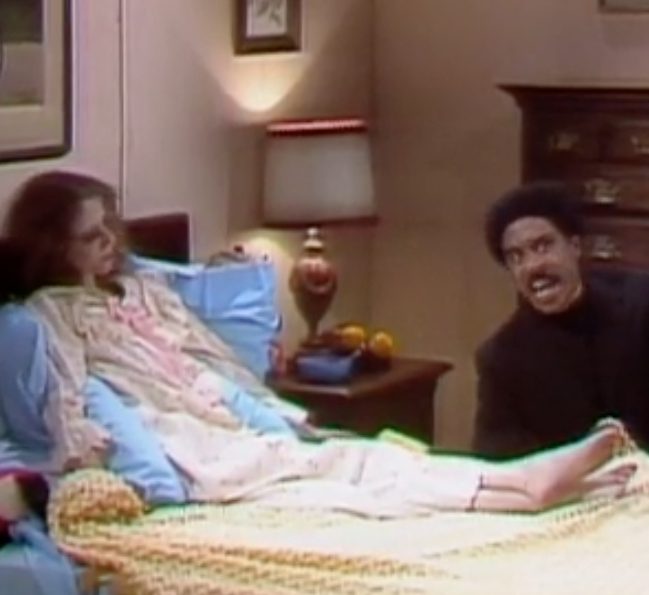
This wasn’t without caveats – Michaels had to implement a five-second delay when broadcasting the episode to ensure that Pryor said nothing too risqué in the heat of the moment.
[rtk_adunit_bottom]
The delay was kept secret from Pryor. When he found out about it, he claimed that he wouldn’t have done the show at all had he known.
3. He got his only Emmy for screenwriting
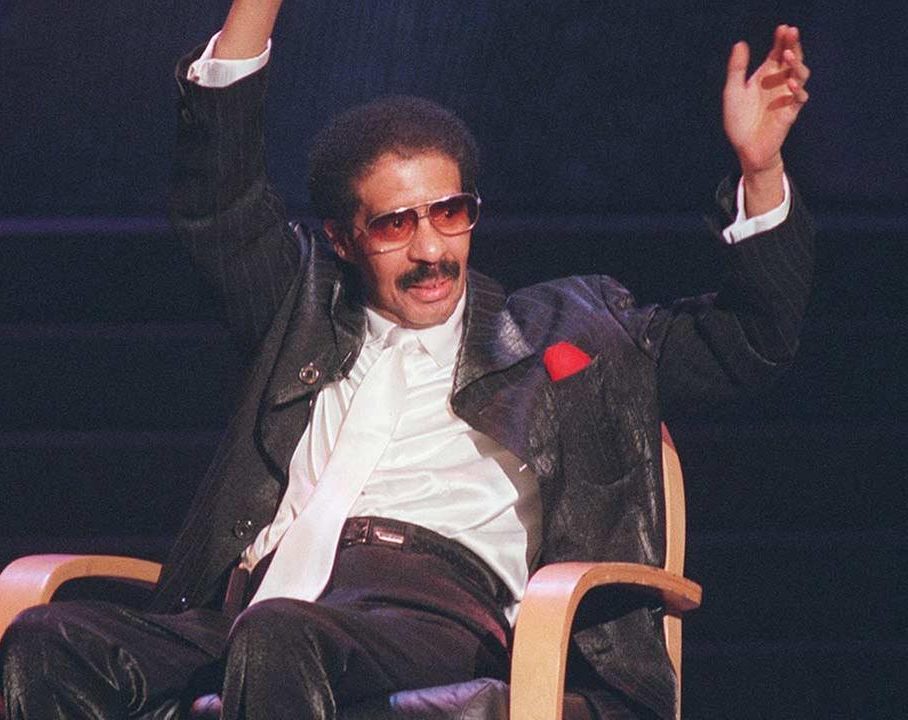
Most people know Pryor for performing in front of the camera – but he was also a diligent and accomplished writer.
[rtk_adunit_top]
The only Emmy he ever won was in fact awarded to him for his writing achievements.
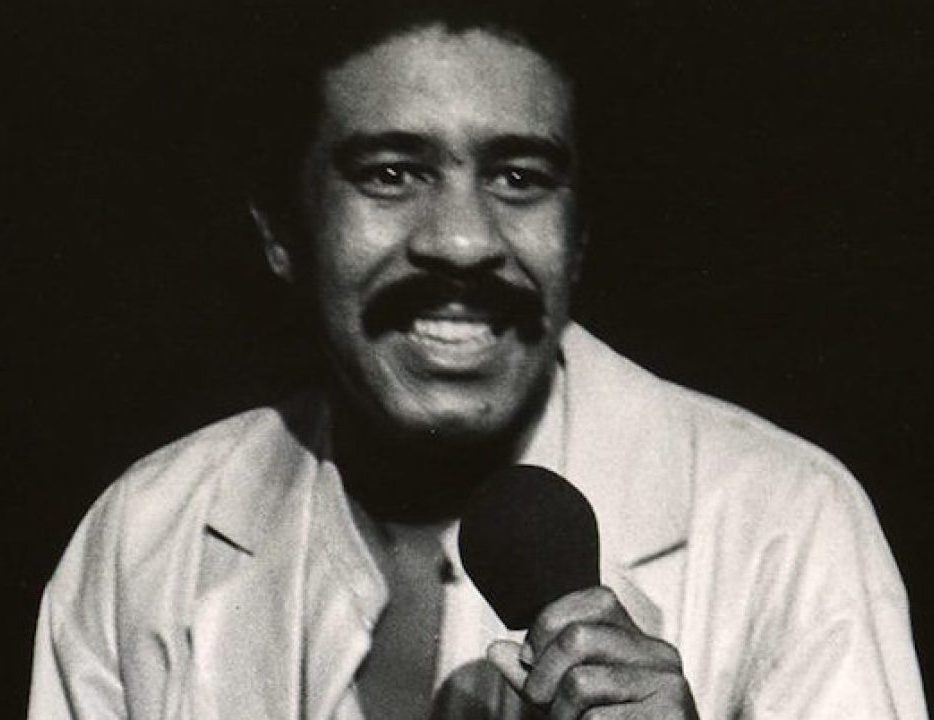
In 1973 he won the Emmy for Best Writing in Comedy for his work on Lily, a comedy starring future 9 to 5 star Lily Tomlin.
[rtk_adunit_middle]
He was nominated for three other Emmys on top of this – two were for his acting achievements, while the other was also for his writing.
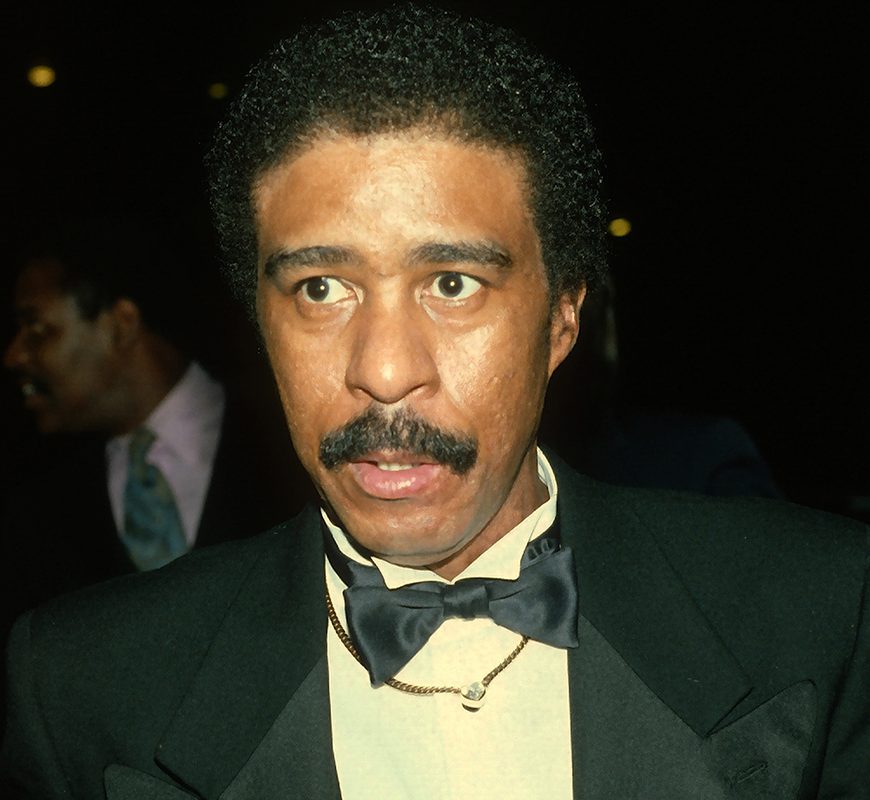
An accomplished comedian, he also won five Grammys and two American Academy of Humour Awards.
[rtk_adunit_bottom]
He also won the first-ever Mark Twain Prize for American Humour, which was awarded to him in 1998.
2. He could have played Billy Ray Valentine in Trading Places
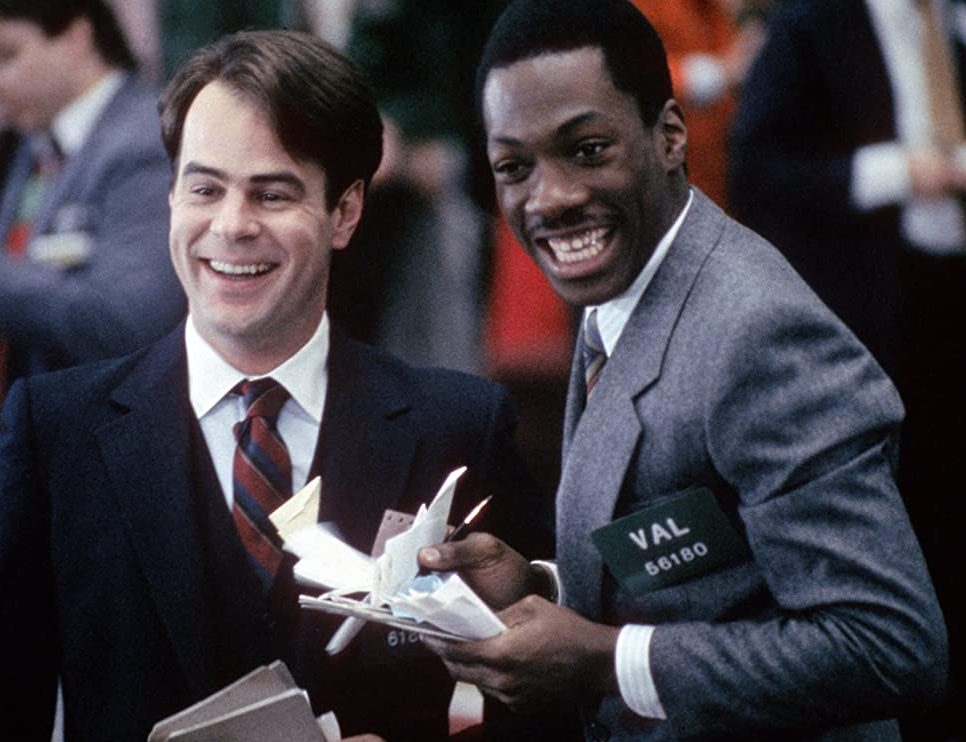
1983’s Trading Places was originally conceived as another Gene Wilder and Richard Pryor film with the working title Black and White.
[rtk_adunit_top]
However, Pryor was unable to commit to the role given the personal struggles he was going through at the time.

As director John Landis put it: “That was a script originally written for Richard Pryor and Gene Wilder. And then Richard unfortunately set himself on fire.”
[rtk_adunit_middle]
Eddie Murphy was then brought on and was reportedly anxious for Wilder to be replaced.
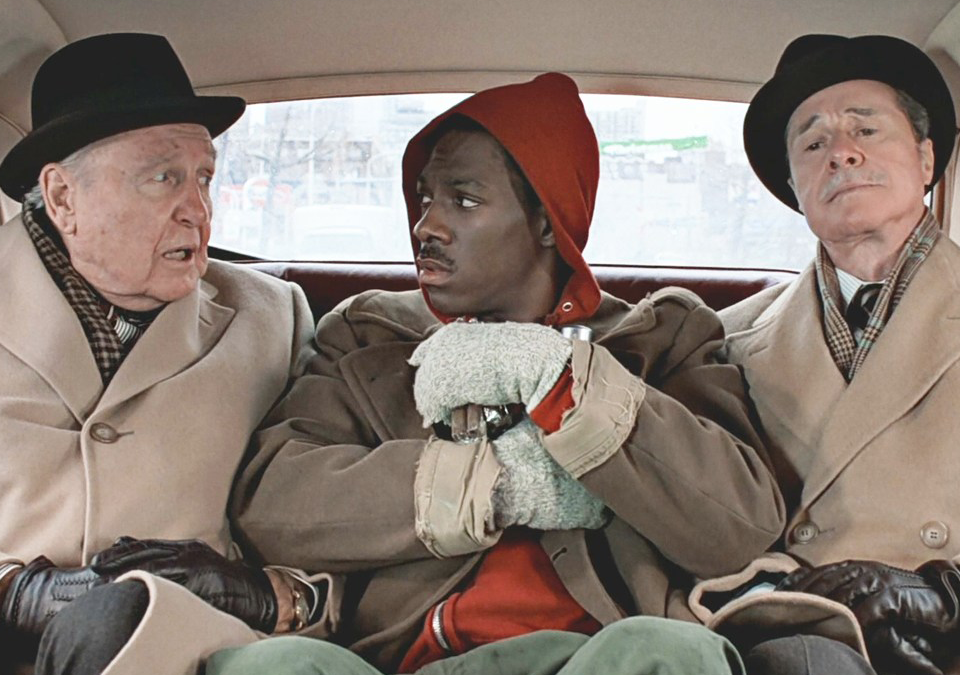
This was largely because he didn’t want audiences to think that he was just a substitute for Pryor.
[rtk_adunit_bottom]
Dan Akyroyd was then brought on as Murphy’s co-star. The film was met with considerable success despite straying so far from what it was initially supposed to be.
1. He was a committed animal rights activist
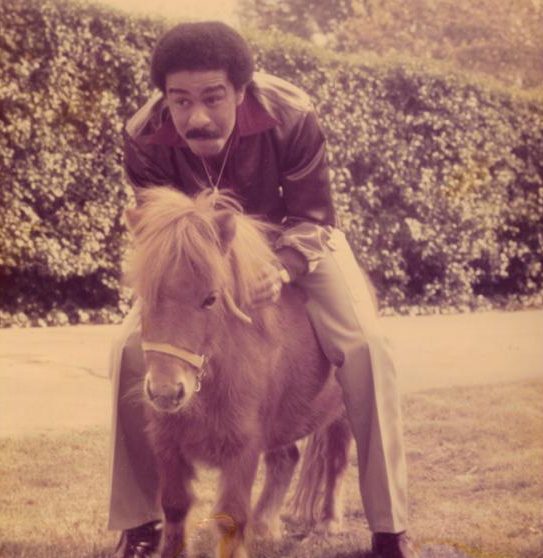
Back in 1986, Pryor was diagnosed with multiple sclerosis and was bound to a wheelchair for the rest of his life.
[rtk_adunit_top]
However – Pryor was such a committed animal rights activist that he opposed animal testing even when it was done in the interests of finding a cure for MS.
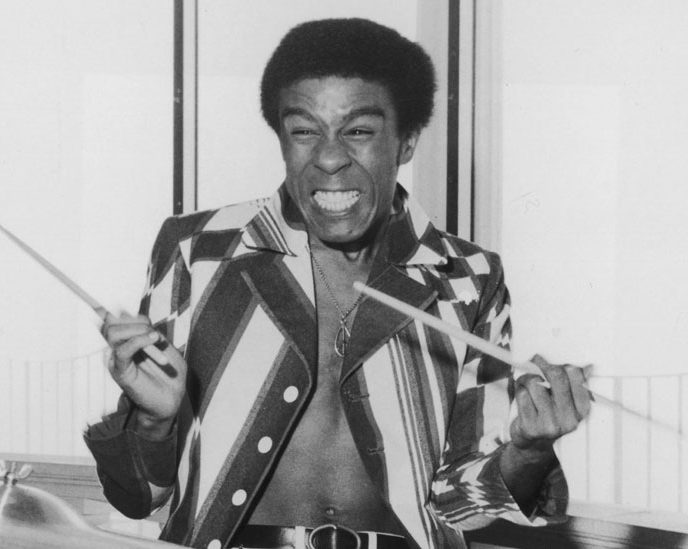
The biography on his website claims that he “used his Christmas card to discourage donations to charities that still fund such tests.”
[rtk_adunit_middle]
According to the website, Pryor was also honoured by PETA for saving baby elephants from the circus in Botswana.
The website goes on: “In 2000, as the Ringling Bros. and Barnum & Bailey Circus was preparing to open at Madison Square Garden, Pryor gave the Big Top’s first African-American ringmaster something to think about.”
“While I am hardly one to complain about a young African American making an honest living,” Pryor wrote in a letter to Jonathan Lee Iverson, “I urge you to ask yourself just how honorable it is to preside over the abuse and suffering of animals.”
[rtk_adunit_end]

